Kueh Dadar or Dadar Gulung is a popular Nonya kueh found commonly in Singapore, Malaysia, Indonesia. It’s a thin and soft rolled crepe flavoured with pandan juice and coconut milk, encased with aromatic moist grated coconut infused with pandan and gula melaka, a type of coconut palm sugar.
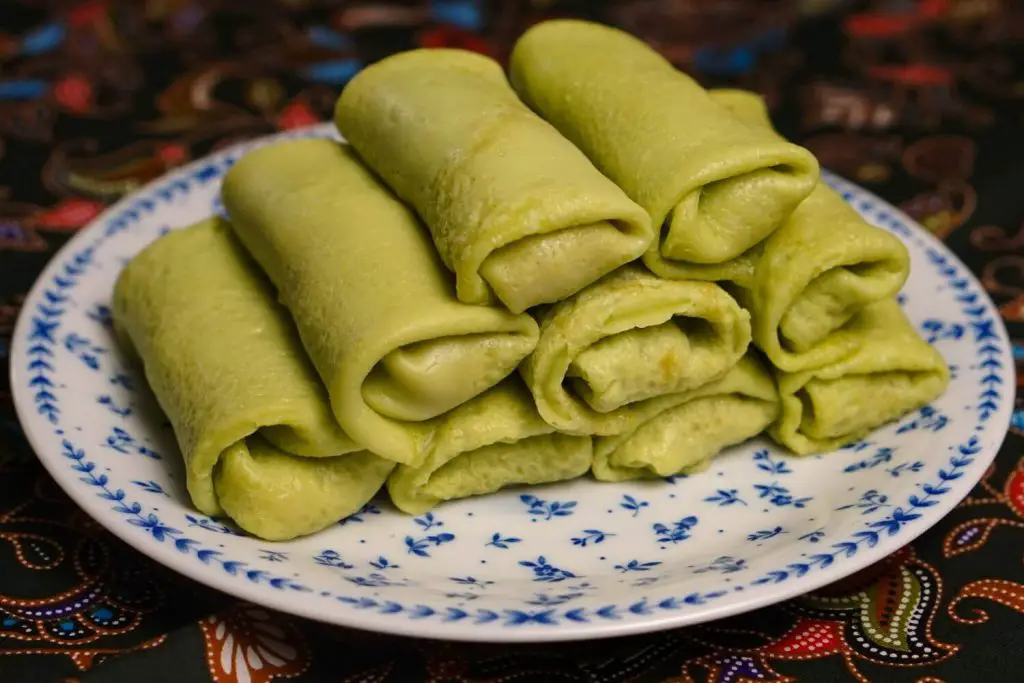
Kueh Dadar or Dadar Gulung is known by many other names: kuih dadar, kuih tayap, kueh katayap, kueh langgang.
Pandan leaves are a key ingredient in this irresistible snack. In Asia where pandan leaves are abundantly found in supermarket, wet markets, homes growing this plant, as well as open spaces and gardens, we used pandan leaves in many of our cuisines, such as the Ondeh Ondeh (my favourite Nonya kueh snack), ang ku kueh (another Nonya kueh), kaya (coconut jam), coconut rice and many others. Also known as screwpine leaves, you can easily make homemade natural pandan juice extract by cutting the leaves into inches and blend it with water in a power blender, then sieving the leave fibres to extract the concentrated juice. Artificially made pandan paste, pandan essence or pandan extract are also widely available, however lacking the real natural flavour of this aromatic plant.
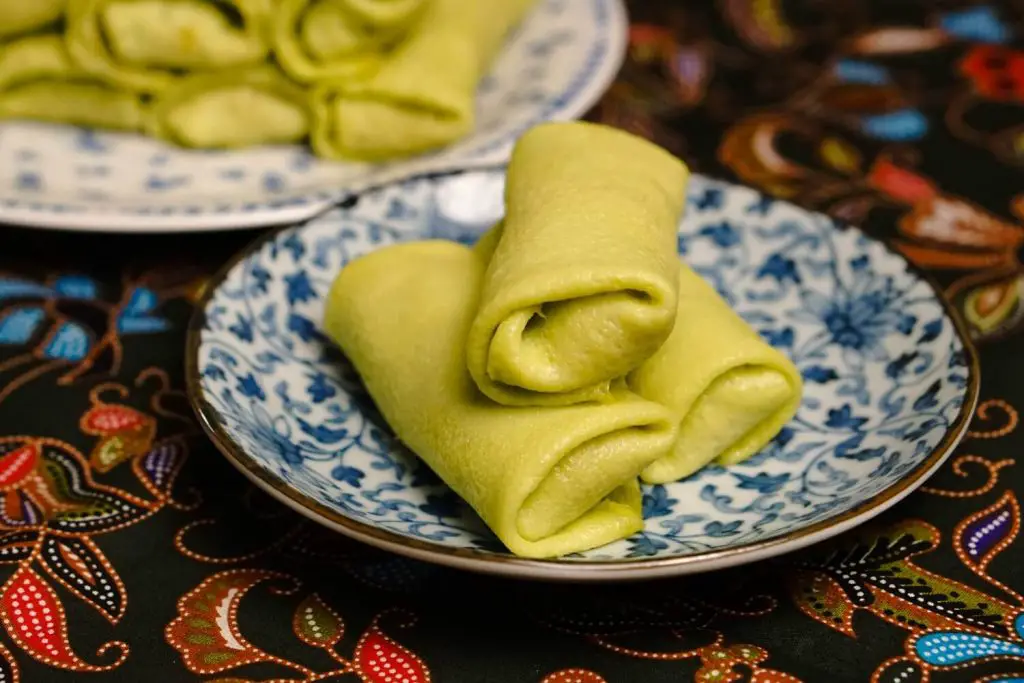
What do all these local terms mean?
- Nyonya kueh is a bite-sized sweet or savoury snack which is a distinctive part of the Peranakan cuisine. These beautiful desserts are typically colourful and heavily feature local ingredients such as coconut, pandan leaves, banana leaves, tropical fruits, as well as glutinous rice flour, rice flour and wheat flour. Some commonly found Nonya kueh includes the Ondeh Ondeh, kueh salat, ang ku kueh, and pineapple tarts. The Peranakans are descendants of the Chinese immigrants who went to the Malay Peninsula, particularly Malacca, and married the locals. Their culinary approach was greatly influenced not only by the local Malay cuisines but also by the Portuguese when they conquered Malacca in the 16th century.
- Kueh, kue or kuih is a typical Bahasa Malayu language term we used to refer to any sweet or savoury snack, cake, or dessert typically found in Singapore, Indonesia, and Malaysia.
- Pandan leaf refers to the tropical screwpine plant that is typically used in Southeast Asian cooking. It has a unique aroma that can be used in cooking savoury and sweet dishes.
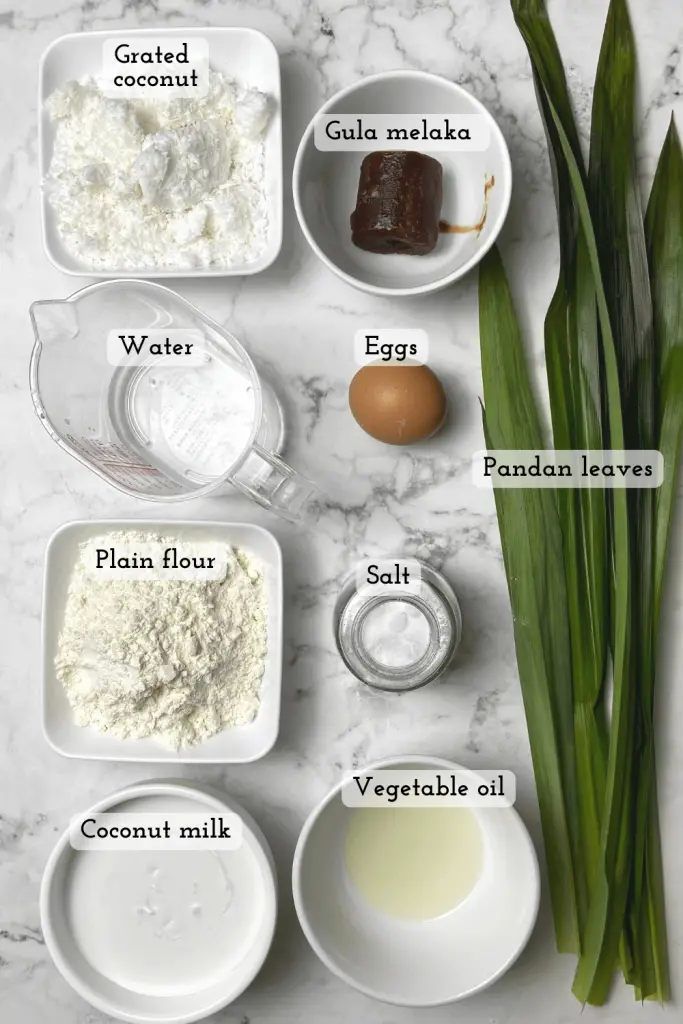
Check out other Asian snack recipes
If you are into local Asian snacks or kuehs, do check out these recipes, many of these are gluten-free, eggs-free and made with Monk fruit or Stevia sweetener, making them a healthier snack version from the original recipe:
- Pumpkin Ang Ku Kueh with Purple Sweet Potato Filling 紫薯馅金瓜红龟粿
- Ang Ku Kueh (Red Tortoise Cake 红龟粿)
- Ang Ku Kueh with Mung Bean Paste Filling (Red Tortoise Cake 绿豆蓉红龟粿)
- Pandan Coconut Ang Ku Kueh (Red Tortoise Cake 香兰椰丝红龟粿)
- Pumpkin Ang Ku Kueh with Chestnut Paste Filling 甘栗馅金瓜红龟粿
- Ondeh Ondeh
- Sweet Potato Kueh 甜番薯椰丝糕
- Kueh Ubi Kayu 蒸木薯糕 (Steamed Tapioca / Cassava Cake)
- Soon Kueh 笋粿 (Bamboo Shoots Dumplings)
- Sesame Ball (Air Fryer Chinese Jian Dui 气炸锅煎堆)
- Kaya Puff Pastry (Kaya Kok / 咖椰角)
Watch how to make Nonya Kueh Dadar / Dadar Gulung on YouTube
Pin Nonya Kueh Dadar / Dadar Gulung now, cook later
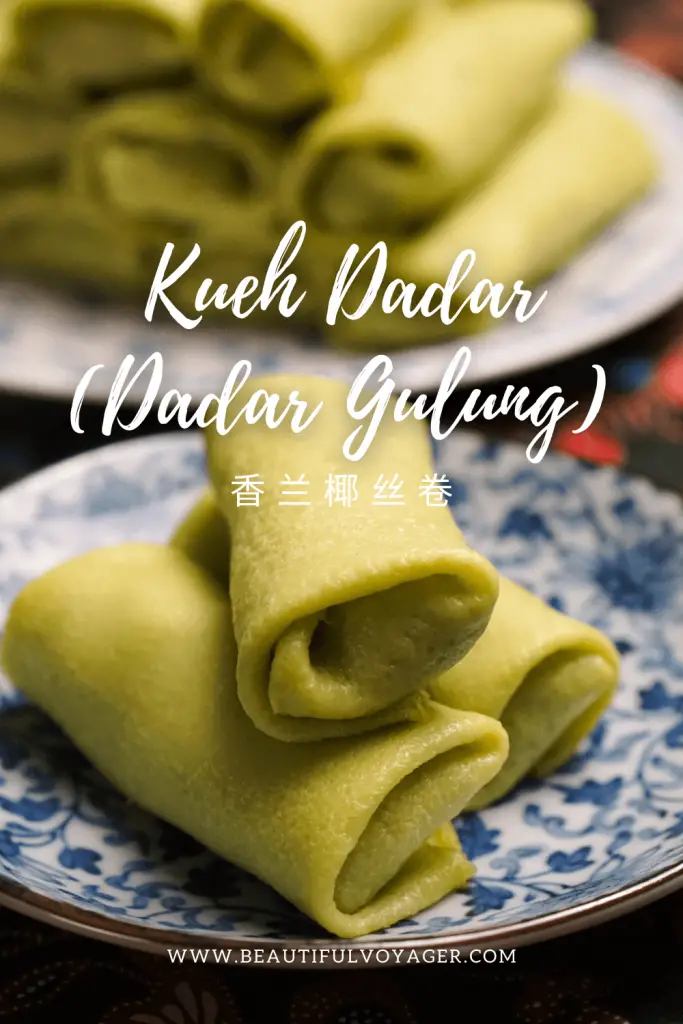
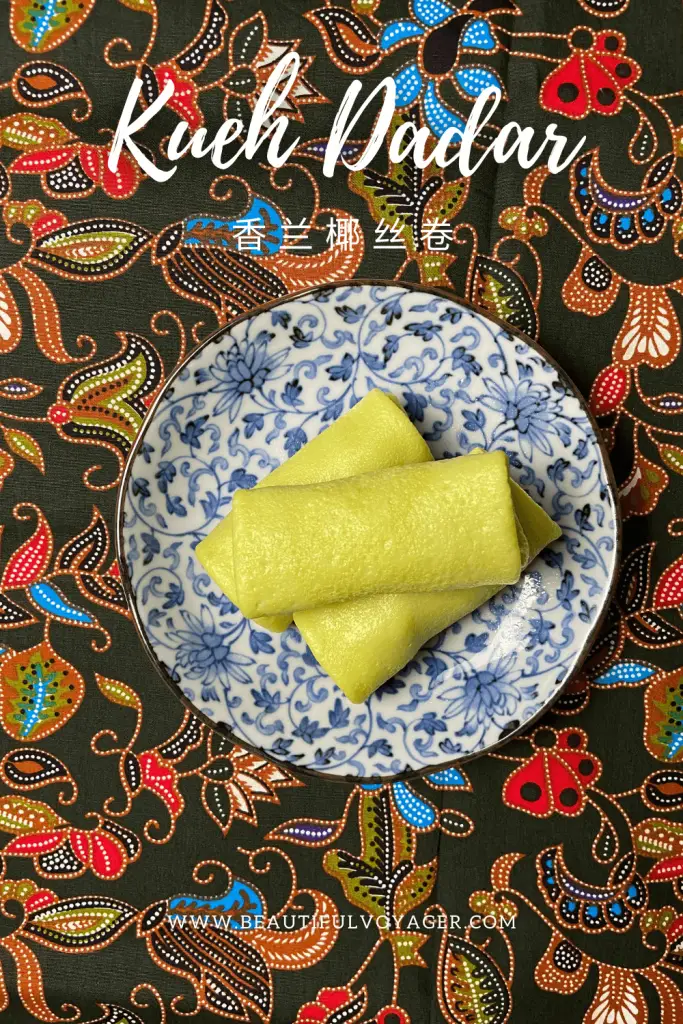
Dadar Gulung – Nonya Kueh Dadar – 香兰椰丝卷
Ingredients
Coconut filling
- 250 g grated coconut
- 50-100 g gula melaka or brown sugar
- 2 pandan leaves washed and knotted
- 50 ml water
- ⅛ tsp salt
Pandan crepe
- 200 g plain flour
- 2 large eggs
- 200 ml thin coconut milk Kara brand (or add 80ml water to 120ml coconut milk)
- ½ tsp salt
- 300 ml pandan juice 300ml water blended with 8-10 pandan leaves
- 1 tbsp cooking oil
Instructions
Make coconut filling
- In a non-stick pan over low heat, add gula melaka (or brown sugar), 2 knotted pandan leaves, 50ml water, and 1/8 tsp salt. Stir until the sugar melts completely.50-100 g gula melaka, 2 pandan leaves, 50 ml water, 1/8 tsp salt
- Add in grated coconut and stir fry over medium low heat until all the coconut is evenly coated with the sugar mixture. Keep frying until the coconut mixture turns dry.250 g grated coconut
- Let the coconut mixture cool to room temperature.
Make pandan juice
- Wash and cut 8-10 pandan leaves into inches. Add the cut pandan leaves and 300ml water into a blender and blend until smooth.300 ml pandan juice
- Extract 300ml of pandan juice by sieving the mixture through a fine sieve.
Make pandan crepes
- Sieve 200g plain flour and 1/2 tsp salt into a mixing bowl. Make a well in centre and crack in 2 large eggs.200 g plain flour, 1/2 tsp salt, 2 large eggs
- Whisk the eggs with the plain flour, while adding 300ml pandan juice gradually in 5-6 times, until the batter turns green and smooth with minimal lumps.300 ml pandan juice
- Slowly pour in 200ml of thin coconut milk and whisk well until batter is smooth with minimal lumps.200 ml thin coconut milk
- Sieve the pandan batter through a fine sieve to remove any lumps.
- Lightly grease a non-stick small frying pan with cooking oil over low heat (to prevent browning).1 tbsp cooking oil
- Pour about 2 tbsp of batter into the pan and swirl the pan to form a thin layer of crepe. Note that the crepe should be very thin, slightly thicker than popiah skin.
- Let it cook over low heat on one side only without flipping, for about 2 minutes. The pandan crepe is cooked when the sides start to crisp and curl in.
- Carefully remove the pandan crepe and cool on a plate.
Assemble Kueh Dadar / Dadar Gulung
- Place a pandan crepe on clean plate. Place about 1-2 tsp of coconut filling and place it on the bottom center of the pandan crepe.
- Fold up the crepe from the bottom, fold in the two sides, then roll the crepe up.
- Place the Kueh Dadar / Dadar Gulung seam side down.
- Kueh Dadar / Dadar Gulung is best eaten at room temperature within the same day.
Video
Notes
- Store rolled Kueh Dadar / Dadar Gulung in an airtight container in the fridge if consume on the next day, just heat up in an oven toaster before eating it.
- Leftover pandan crepe should be stored in an airtight container and good until the next day.
Nutrition
Sharing this recipe with The Lazy Gastronome.

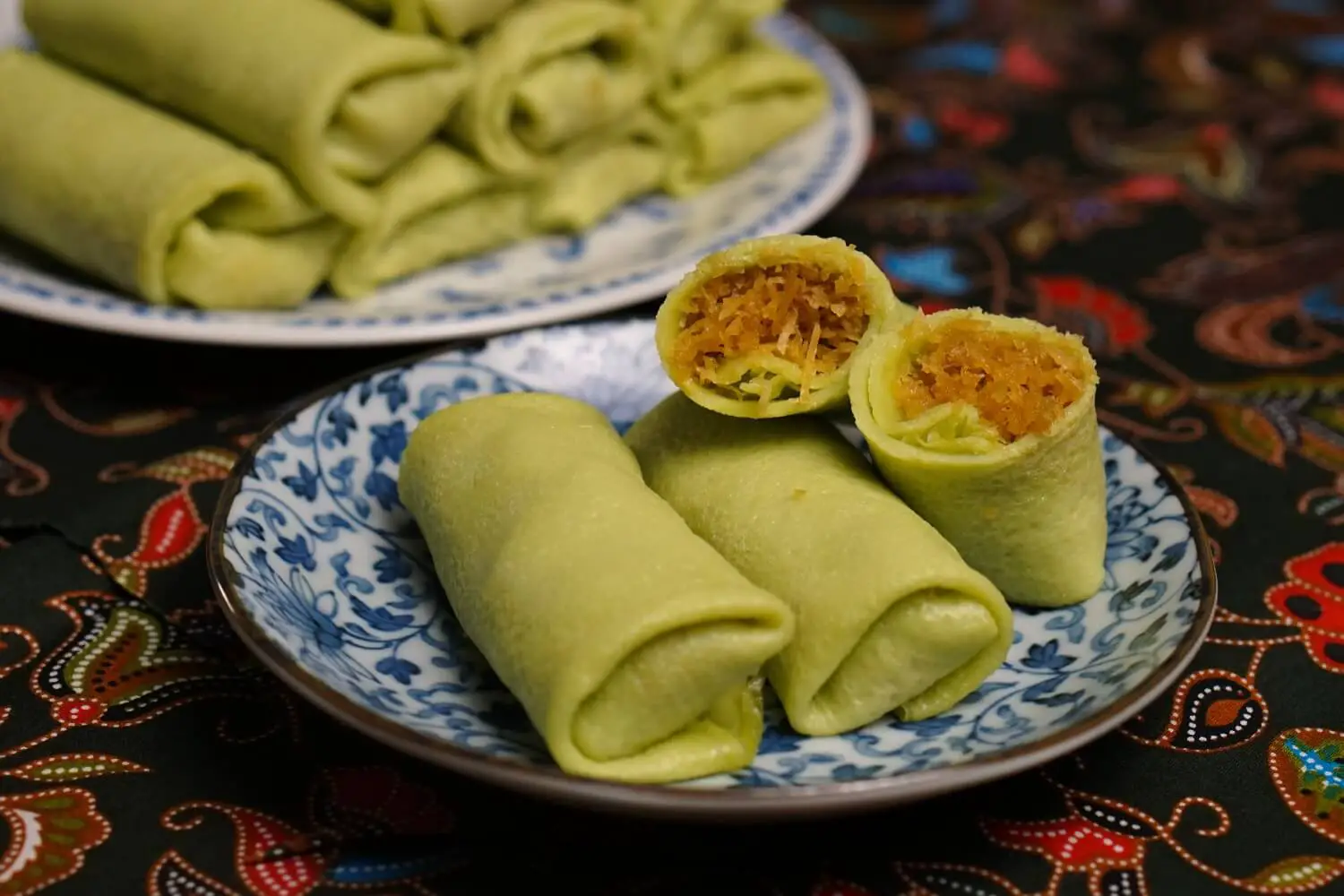
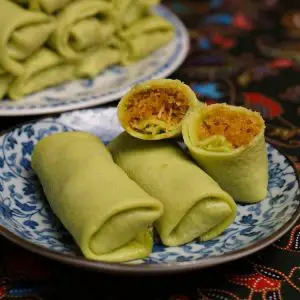
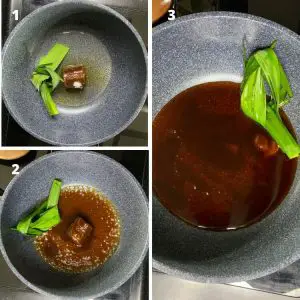
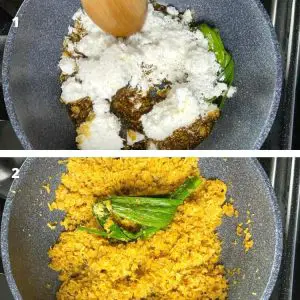
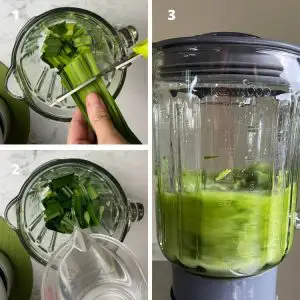
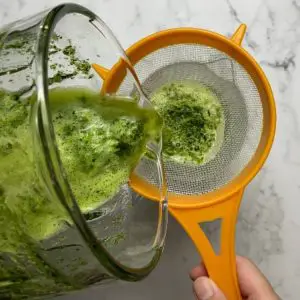
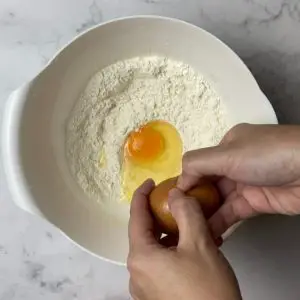
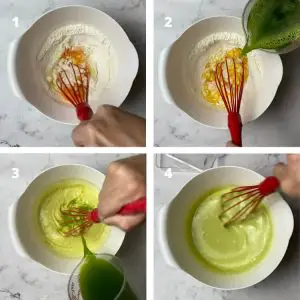
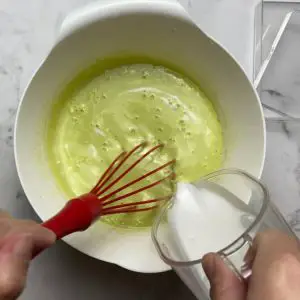
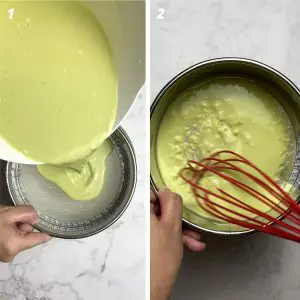
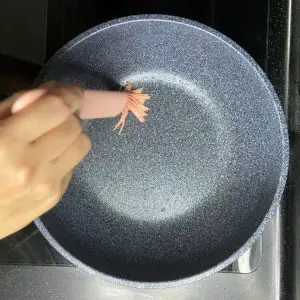
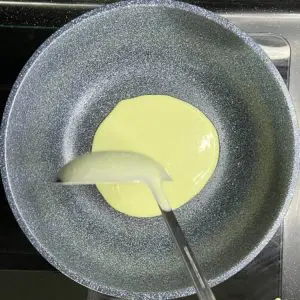
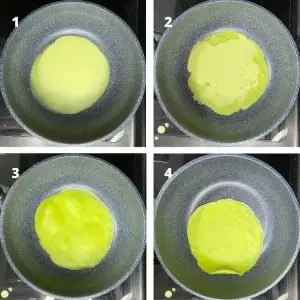
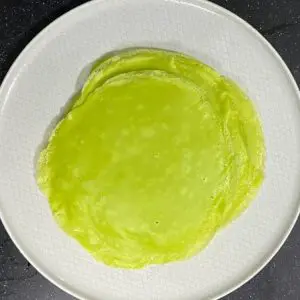
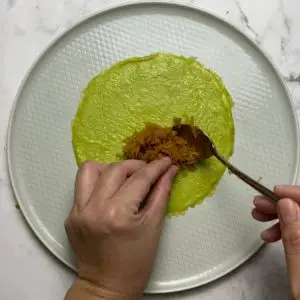
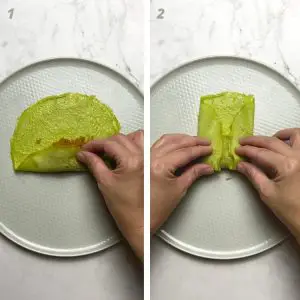
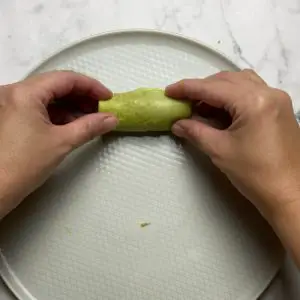
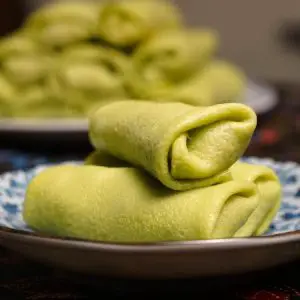
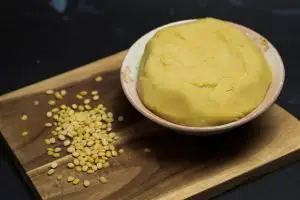 Mung Bean Paste Filling (Sugar-Free) 无糖绿豆蓉
Mung Bean Paste Filling (Sugar-Free) 无糖绿豆蓉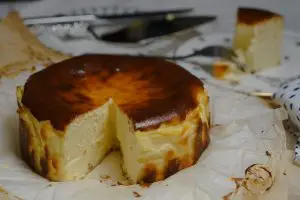 Classic Basque Burnt Cheesecake 巴斯克焦香芝士蛋糕
Classic Basque Burnt Cheesecake 巴斯克焦香芝士蛋糕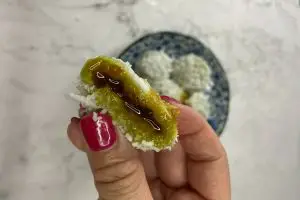
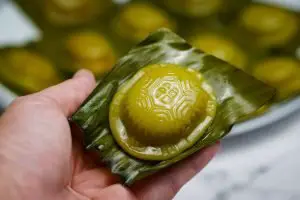
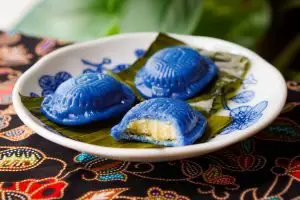


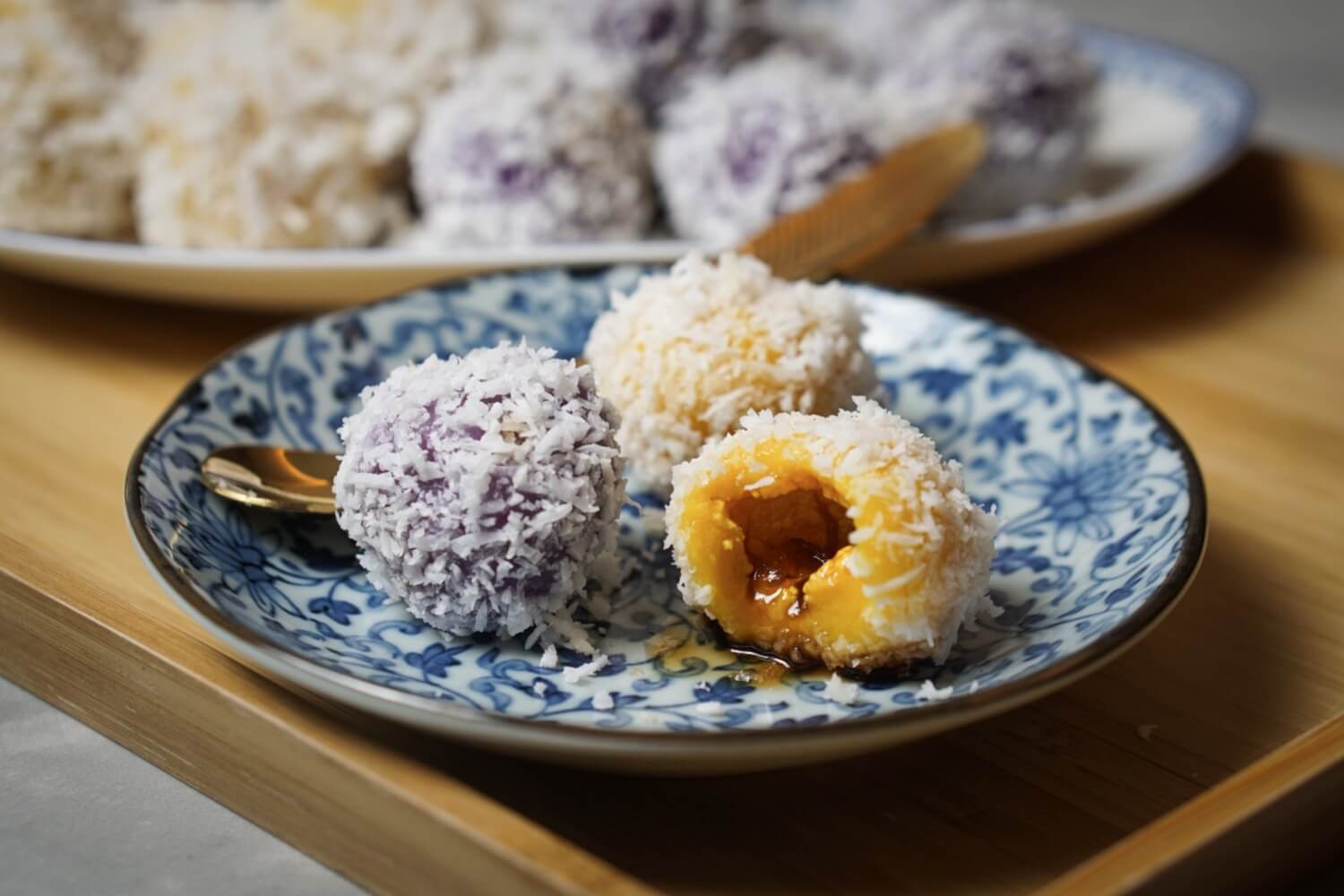
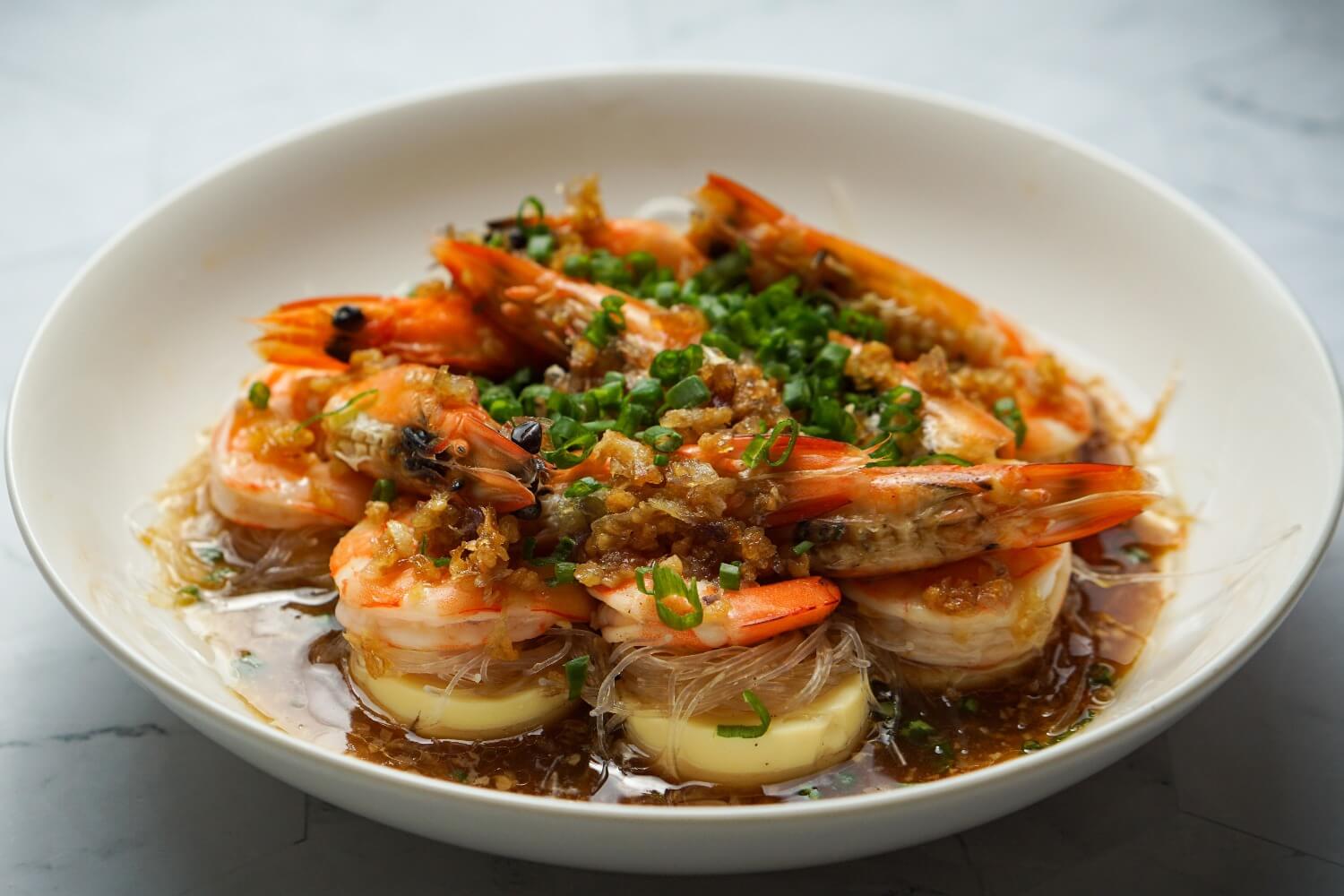
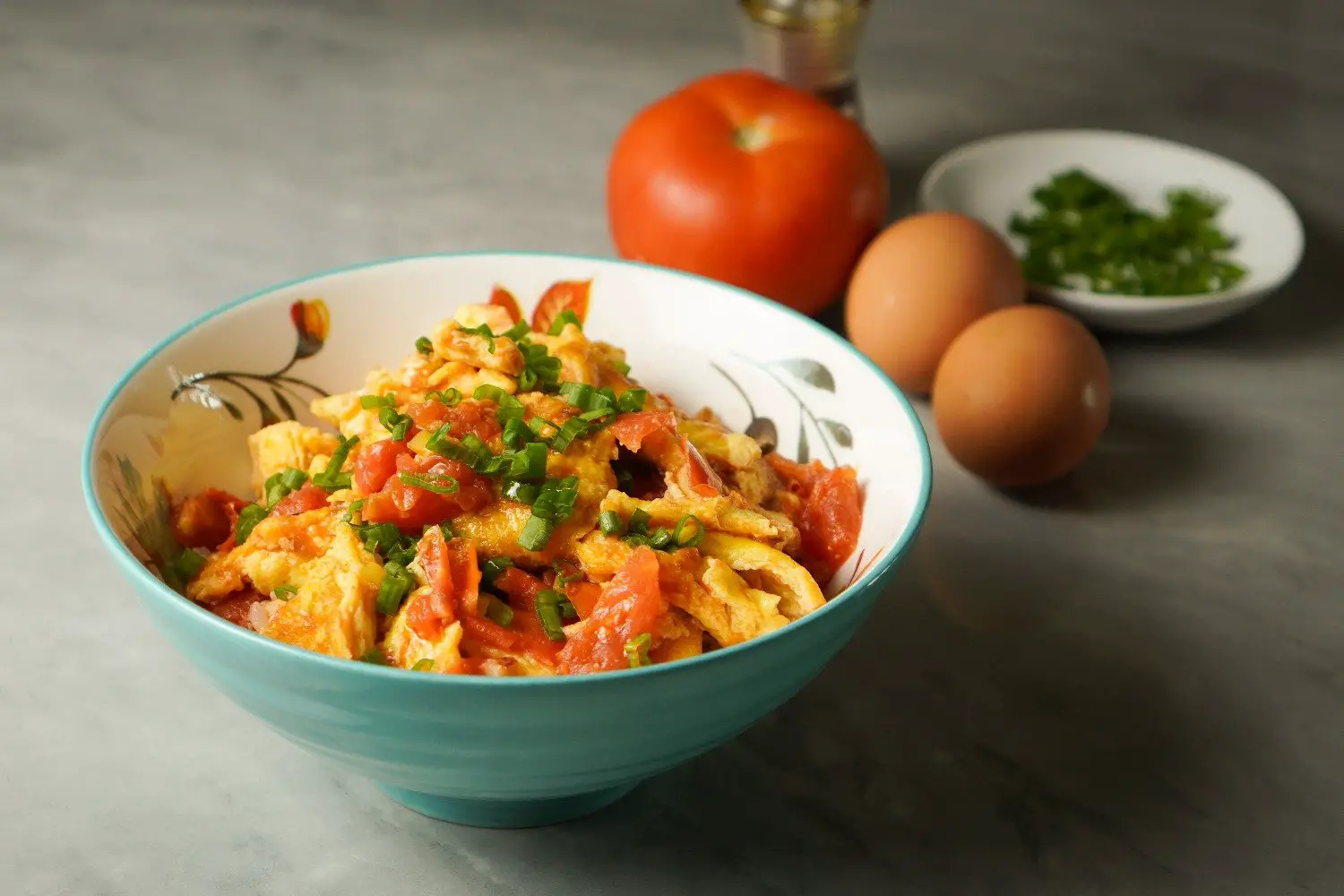



27 April 2022 at 5:38 amOne of my favourite kuehs❤️ will sure try, thanks for sharing 🙏
27 April 2022 at 10:28 amOh yes pls try it out. It’s delicious!